What is Keppra and how is it used?
Keppra is a prescription medicine used to treat the symptoms of partial onset seizures, tonic-clonic seizures and myoclonic seizures. Keppra may be used alone or with other medications.
Keppra belongs to a class of drugs called Anticonvulsants.
It is not known if Keppra is safe and effective in children younger than 1 month of age when used to treat partial onset seizures, 6 years old for tonic-clonic seizures, and 12 when used to treat myoclonic seizures.
What are the possible side effects of Keppra?
Keppra may cause serious side effects including:
- unusual changes in mood or behavior,
- confusion,
- hallucinations,
- loss of balance or coordination,
- extreme drowsiness,
- feeling very weak or tired,
- difficulty walking or moving,
- skin rash, no matter how mild,
- easily bruising,
- unusual bleeding,
- fever,
- chills,
- weakness, and
- other signs of infection
Get medical help right away, if you have any of the symptoms listed above.
The most common side effects of Keppra include:
- dizziness,
- drowsiness,
- tiredness,
- weakness,
- feeling aggressive or irritable,
- loss of appetite,
- stuff nose, and
- infection
Tell the doctor if you have any side effect that bothers you or that does not go away. These are not all the possible side effects of Keppra.
Limitations Of Use
KEPPRA injection is for intravenous use only as an alternative for patients when oral administration is temporarily not feasible.
DOSAGE AND ADMINISTRATION
Dosing For Partial-Onset Seizures
The recommended dosing for monotherapy and adjunctive therapy is the same as outlined below.
There is no clinical study experience with administration of intravenous levetiracetam for a period longer than 4 days.
Adults 16 Years Of Age And Older
Initiate treatment with a daily dose of 1000 mg/day, given as twice-daily dosing (500 mg twice daily). Additional dosing increments may be given (1000 mg/day additional every 2 weeks) to a maximum recommended daily dose of 3000 mg. There is no evidence that doses greater than 3000 mg/day confer additional benefit.
Pediatric Patients
1 Month To < 6 Months
Initiate treatment with a daily dose of 14 mg/kg in 2 divided doses (7 mg/kg twice daily). Increase the daily dose every 2 weeks by increments of 14 mg/kg to the recommended daily dose of 42 mg/kg (21 mg/kg twice daily). In the clinical trial, the mean daily dose was 35 mg/kg in this age group.
6 Months To < 4 Years
Initiate treatment with a daily dose of 20 mg/kg in 2 divided doses (10 mg/kg twice daily). Increase the daily dose in 2 weeks by an increment of 20 mg/kg to the recommended daily dose of 50 mg/kg (25 mg/kg twice daily). If a patient cannot tolerate a daily dose of 50 mg/kg, the daily dose may be reduced. In the clinical trial, the mean daily dose was 47 mg/kg in this age group.
4 Years To < 16 Years
Initiate treatment with a daily dose of 20 mg/kg in 2 divided doses (10 mg/kg twice daily). Increase the daily dose every 2 weeks by increments of 20 mg/kg to the recommended daily dose of 60 mg/kg (30 mg/kg twice daily). If a patient cannot tolerate a daily dose of 60 mg/kg, the daily dose may be reduced. In the clinical trial, the mean daily dose was 44 mg/kg. The maximum daily dose was 3000 mg/day.
Dosing For Myoclonic Seizures In Patients With Juvenile Myoclonic Epilepsy
Initiate treatment with a dose of 1000 mg/day, given as twice-daily dosing (500 mg twice daily). Increase the dosage by 1000 mg/day every 2 weeks to the recommended daily dose of 3000 mg. The effectiveness of doses lower than 3000 mg/day has not been studied.
Dosing For Primary Generalized Tonic-Clonic Seizures
Adults 16 Years Of Age And Older
Initiate treatment with a dose of 1000 mg/day, given as twice-daily dosing (500 mg twice daily). Increase dosage by 1000 mg/day every 2 weeks to the recommended daily dose of 3000 mg. The effectiveness of doses lower than 3000 mg/day has not been adequately studied.
Pediatric Patients 6 To <16 Years Of Age
Initiate treatment with a daily dose of 20 mg/kg in 2 divided doses (10 mg/kg twice daily). Increase the daily dose every 2 weeks by increments of 20 mg/kg (10 mg/kg twice daily) to the recommended daily dose of 60 mg/kg (30 mg/kg twice daily). The effectiveness of doses lower than 60 mg/kg/day has not been adequately studied.
Switching From Oral Dosing
When switching from oral KEPPRA, the initial total daily intravenous dosage of KEPPRA should be equivalent to the total daily dosage and frequency of oral KEPPRA.
Switching To Oral Dosing
At the end of the intravenous treatment period, the patient may be switched to KEPPRA oral administration at the equivalent daily dosage and frequency of the intravenous administration.
Preparation And Administration Instructions
KEPPRA injection is for intravenous use only and should be diluted in 100 mL of a compatible diluent prior to administration. If a smaller volume is required (e.g. pediatric patients), the amount of diluent should be calculated to not exceed a maximum levetiracetam concentration of 15 mg per mL of diluted solution. Consideration should also be given to the total daily fluid intake of the patient. KEPPRA injection should be administered as a 15-minute IV infusion. One vial of KEPPRA injection contains 500 mg levetiracetam (500 mg/5 mL).
KEPPRA injection may be mixed with the following diluents and antiepileptic drugs and may be stored in polyvinyl chloride (PVC) bags. The diluted solution should not be stored for more than 4 hours at controlled room temperature [15-30°C (59-86°F)].

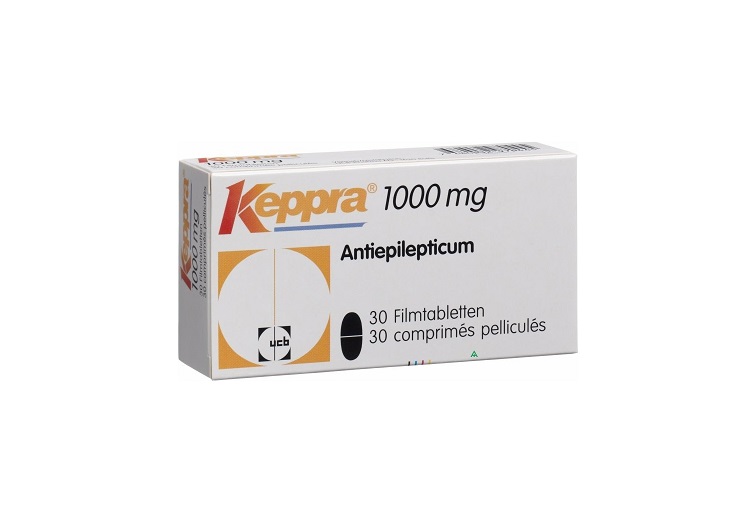
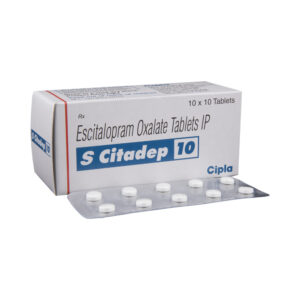
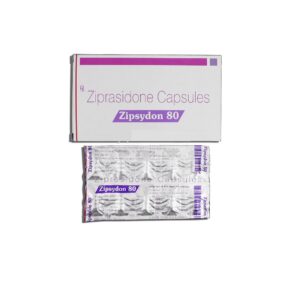
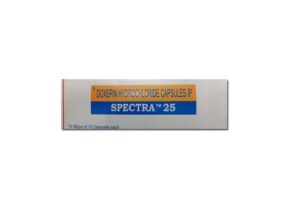
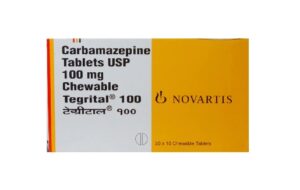
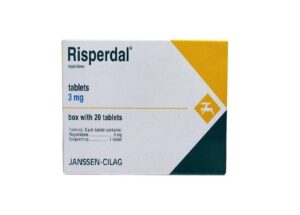
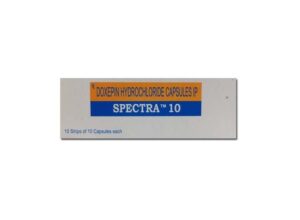
Reviews
There are no reviews yet.